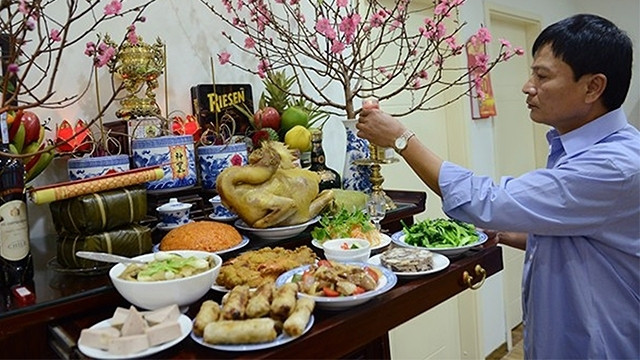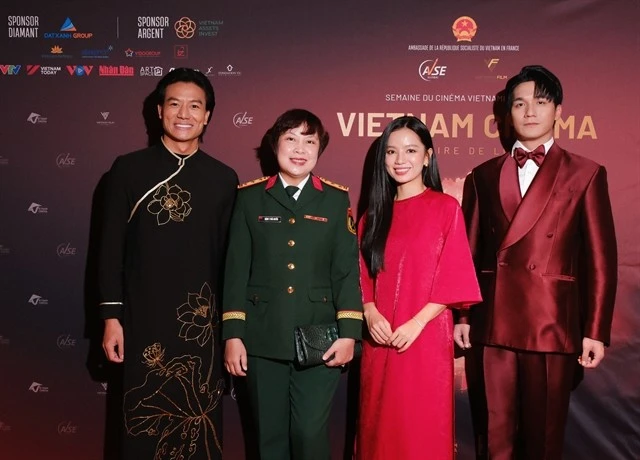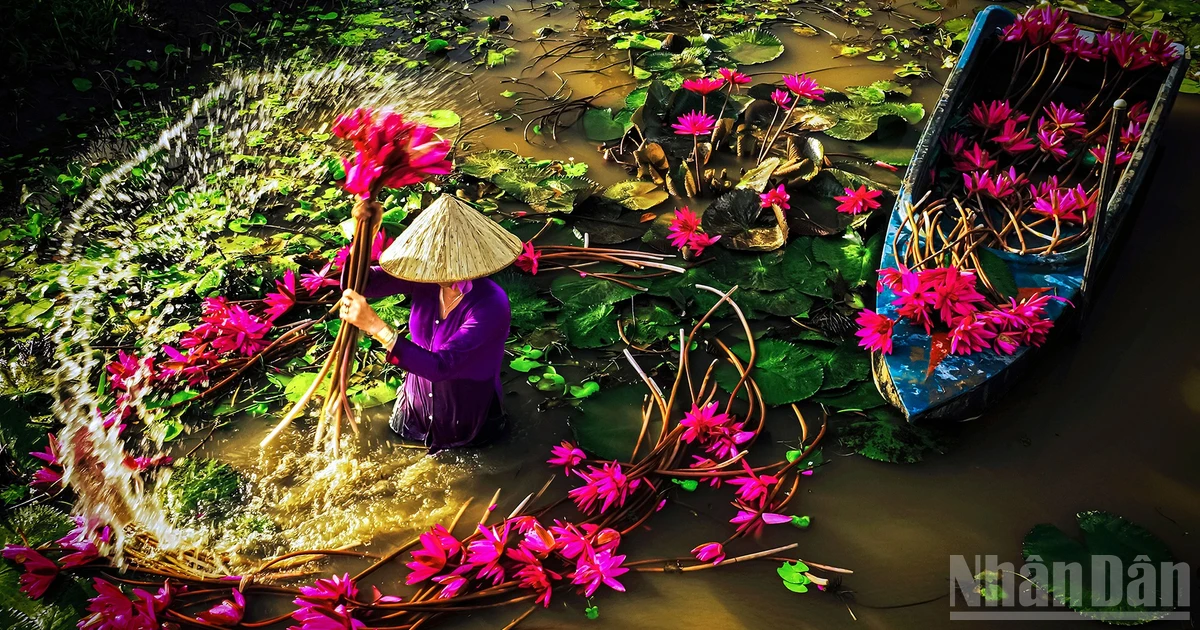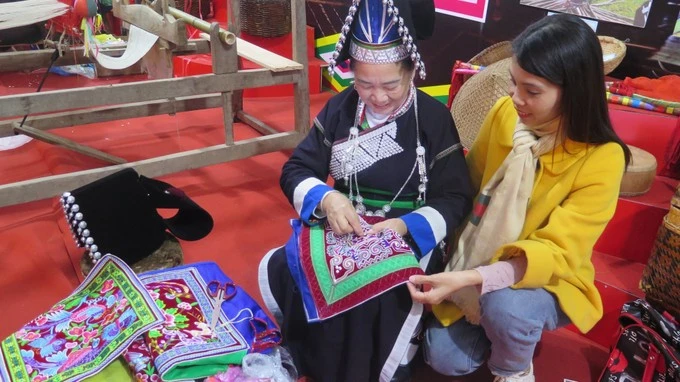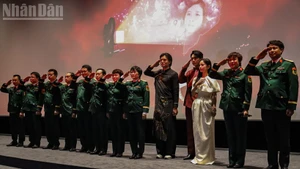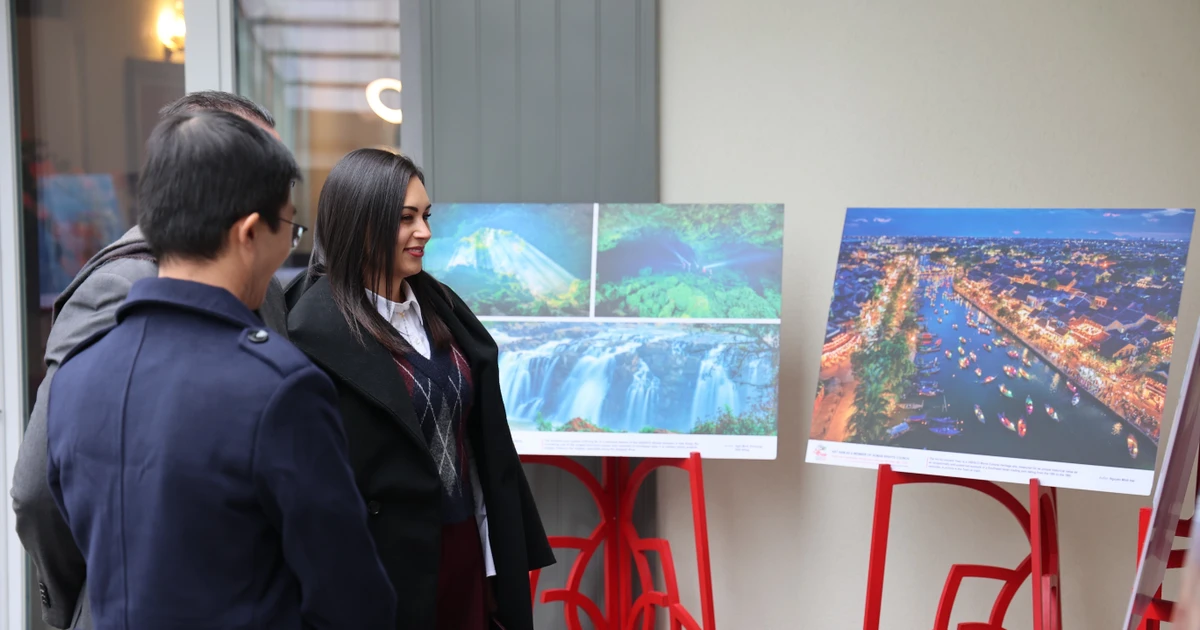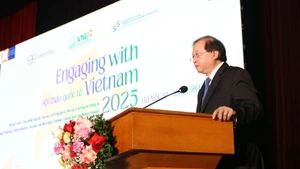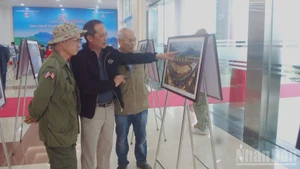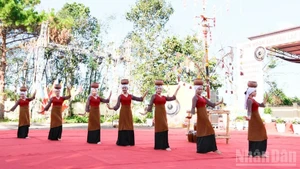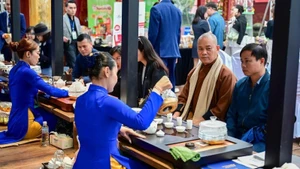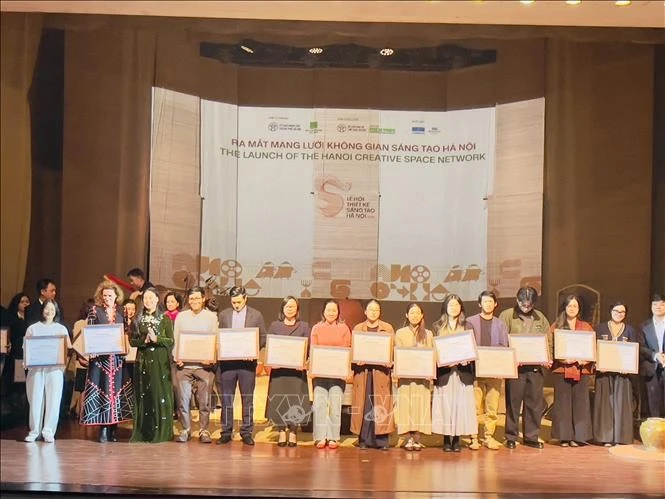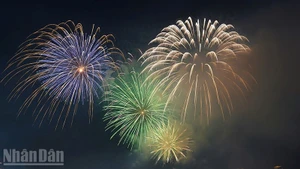For each Vietnamese family, the altar with an incense burning bowl for worshipping ancestors is indispensable and vital. Despite cramped houses, the altar is put in the highest and most formal place.
Only when the altar is put in the middle of the house, when a five fruit tray, flower vase and plate of betel and areca are put on the altar and when smoke is spiraling up, can the house’s owner can feel relieved.
When burning incense on the altar, all people can express their filial piety as well as find peace of mind and feel their ancestors, grandparents and parents on their side.
Whenever the family has important matters such as building new houses, marriage, giving birth and exams, its members do not forget to burn incense to not only report to ancestors but also pray for their blessings.
My eldest daughter is studying in India and once she told me that she was learning how to cook a special dish of Tibetan people to worship Buddhist and ancestors. The food is rice cooked with raisin, cashew nuts and some other special nuts.
After the worship rituals are done, the cook puts rice into boxes to invite other people to enjoy. Before eating, the invitees pray for worshiped people and their relatives.
On my mother’s death anniversary, she sent me a message saying that she had prepared the Tibetan traditional food to worship her grandmother and invite others in the dormitory and her classmates.
Looking at the photo featuring a tray with kiwi fruits, Tibetan yark butter tea, Vietnamese tea, rice and burning incense sticks plugged into an Indian candle cup, I was moved to tears. Although living thousands of kilometres away from home, she did not forget her grandmother’s death anniversary.
Perhaps all Vietnamese people know the proverb ‘An trong noi, ngoi trong huong’ (When you eat, check the pots; when you sit, check the direction). It means that when eating, we have to look at the pots to decide how to eat and leave rice and food for others, particularly for the elderly and children. Similarly, we must look the altar’s direction to avoid sitting with our back to the altar.
According to the book ‘Vietnamese custom’ by Toan Anh, the head of the family received guests or men drank tea in front of the altar. Except for Tet or the ancestors’ death anniversaries, women were not allowed to enter the main space of the house.
However, modern life today has changed many old-fashioned customs and strict taboos no longer fit. Nowadays, although several rituals of ancestor worship are simplified, its value remains intact.
On New Year’s Eve, all people gather in front of the altar to offer incense to their ancestors, expressing the strong attachment to the family. The ancestor worship custom also reminds people, particularly younger generations, of good things to be truly grateful for from our ancestors.

The Tibetan traditional food to worship ancestors
